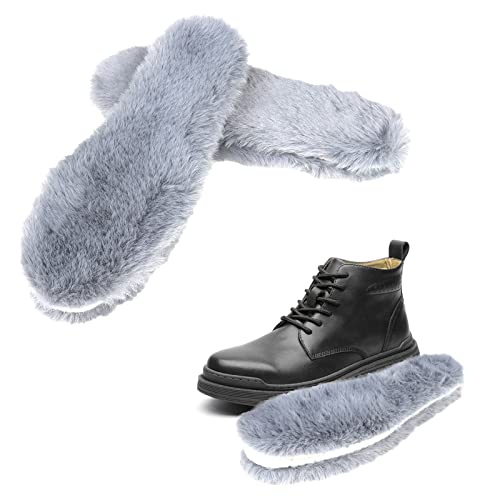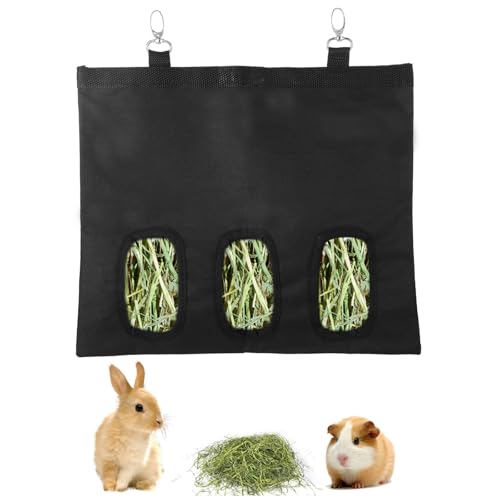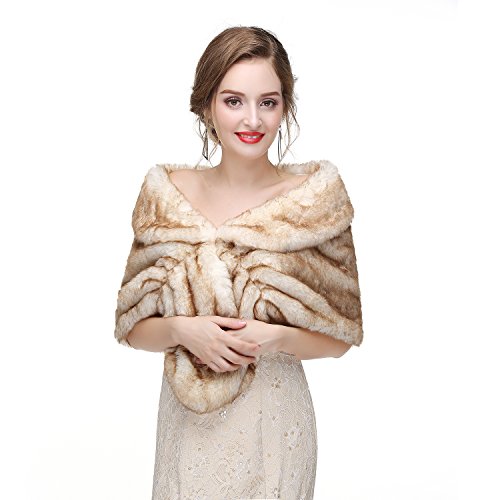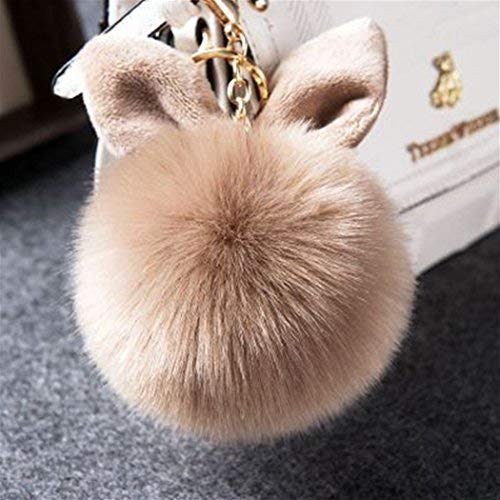You are using an out of date browser. It may not display this or other websites correctly.
You should upgrade or use an alternative browser.
You should upgrade or use an alternative browser.
Magpie?
- Thread starter NicoleW
- Start date

Help Support Rabbit Talk Forum:
This site may earn a commission from merchant affiliate
links, including eBay, Amazon, and others.
Yes, that looks like magpie.
Thank you! She has a lot of maybe faded out black? Or gray that looks like shading. So I was unsure.Yes, that looks like magpie.
Looks like a normal magpie. Where the black and white hairs intermix, the eye apparently interprets it as gray. So, areas with more white hairs than black look paler gray than those areas with a little white mixed into a lot of black.She has a lot of maybe faded out black? Or gray that looks like shading. So I was unsure.
She's a magpie. One that I would call a messy magpie. I prefer the ones with clearer patterning.  Though the messy ones often sell well as pets.
Though the messy ones often sell well as pets. 
Agreed. For show, the judges like to see clear delineation between the color groups, 5-7 clean color changes down the side (no intermixed white and black hairs, or as little as possible), face half black/half white, with the ears and front legs opposite colors (left ear black, left side of face white, left front leg black). It's very difficult to obtain this patterning, and the odd patterns do indeed sell well as pets.She's a magpie. One that I would call a messy magpie. I

$19.79
$35.95
Complete Guide To Fasting: Heal Your Body Through Intermittent, Alternate-Day, and Extended Fasting
Amazon.com

$14.71
$29.99
Fit Men Cook: 100+ Meal Prep Recipes for Men and Women―Always #HealthyAF, Never Boring
Amazon.com

$9.99
The Lodge Cast Iron Cookbook: A Treasury of Timeless, Delicious Recipes
Amazon.com Services LLC

$18.99 ($0.38 / Count)
$22.99 ($0.46 / Count)
upcessory 50 pcs Disposable Cage Liners, Clear Plastic Rabbit Cage Liner Bag, Universal Toilet Film for Bunny, Hamster, Totoro, Hedgehog, Guinea Pig and Small Animals.
upcessory-US

$3.80
$19.95
The Paleo Diet Cookbook: More Than 150 Recipes for Paleo Breakfasts, Lunches, Dinners, Snacks, and Beverages
charlestonsoon

$12.52
$24.00
Top Secret Restaurant Recipes: Creating Kitchen Clones from America's Favorite Restaurant Chains: A Cookbook
Bookdream

$39.99
$45.99
Harssidanzar Leather Gloves for Woman,Winter Rabbit Fur Lined Soft Genuine Leather Gloves KL027, Black,Size M
Harssidanzar
Thank you for your input, I appreciate you. I love the half face. She's new to me and will hopefully produce some pretty babies. Yes, I got her as a brood/pet quality. Can I assume at 12 weeks, any black areas that look brown are just molting/adult fur coming in?She's a magpie. One that I would call a messy magpie. I prefer the ones with clearer patterning.Though the messy ones often sell well as pets.

I am most definitely still learning! I did not know that! This is really helpful and can give me a goal to work to. I'm excited. Would you have any suggestions on how to perfect the pattern? I just started with rabbits earlier this year(meat) and didn't even have a clue magpie was a thing until a couple months ago.Agreed. For show, the judges like to see clear delineation between the color groups, 5-7 clean color changes down the side (no intermixed white and black hairs, or as little as possible), face half black/half white, with the ears and front legs opposite colors (left ear black, left side of face white, left front leg black). It's very difficult to obtain this patterning, and the odd patterns do indeed sell well as pets.
Browned molting fur would be a little surprising at 12 weeks. If her colors really are sepia/dark brown (they look so on my screen) rather than black, there is the possibility of her being a sable-based magpie, which is a harlequin with a dominant sable allele rather than a dominant chinchilla allele. It can be difficult to discern the difference in a magpie, especially a "messy" one; as @judymac points out, the combination of black and white hairs can disrupt perception of the black.Thank you for your input, I appreciate you. I love the half face. She's new to me and will hopefully produce some pretty babies. Yes, I got her as a brood/pet quality. Can I assume at 12 weeks, any black areas that look brown are just molting/adult fur coming in?
Agreed. For show, the judges like to see clear delineation between the color groups, 5-7 clean color changes down the side (no intermixed white and black hairs, or as little as possible), face half black/half white, with the ears and front legs opposite colors (left ear black, left side of face white, left front leg black). It's very difficult to obtain this patterning, and the odd patterns do indeed sell well as pets.
There is no breed of rabbit that is shown in the US in the harlequin or magpie variety, other than the Harlequin breed itself, so you don't really need to worry about pattern on your magpie Holland Lops. If for some reason you still want to pursue that pattern, it is a matter of breeding a ton of magpie colored rabbits and slowly selecting individuals that get closer to your goal. But it is a long, long haul. The good news is that people looking for pets rarely cosider how a pattern aligns with a standard (although a split face is usually a big selling point!).I am most definitely still learning! I did not know that! This is really helpful and can give me a goal to work to. I'm excited. Would you have any suggestions on how to perfect the pattern? I just started with rabbits earlier this year(meat) and didn't even have a clue magpie was a thing until a couple months ago.
In fact, a well-marked harlequin isn't ideal for the purposes people use them in Hollands or other breeds, and that is to create tricolored aka "tri" rabbits, which are broken harlequins. In the tri variety, judges do not want alternating colors on opposite ears, face, or body; rather, they want to see a symmetrical placement of spots of black and orange (or chocolate+orange, blue+fawn or lilac+fawn) on a white background. Here's an example of tri coloration in a Holland (from Cedar Point Rabbitry):
That rabbitry, which now goes by the name 37S Ranch, has a guide to producing the color in Holland Lops (which would also be true in any other breed):
https://www.37sranch.com/how-to-produce-a-tri-color-holland-lop/
One of the reasons you see magpie in Hollands is that they are bred and shown in tricolored, in chinchilla, and in sable. When either of those latter two get together with harlequin from the tri, you end up seeing magpies. Even though a magpie is missing one of the three colors needed on a tri, you can use a magpie to make tricolored rabbits by breeding it to a broken colored rabbit of a full-color variety (not chinchilla or sable).
Harlequins, as a breed, are so challenging to raise that when I used to show them, in a century long, long ago, there were almost no points on body type, since so much emphasis was placed on color and pattern that no one could afford to select for type. Body type is a major point source in most breeds - even angoras carry 30 or more points on type. But even now that Harlequin breeders have made real progress since the ARBA recognized them in the 1920s, the breed standard still only alots 10 points out of 100 for type.
That is an excellent point. The spotting is so much more colorful on the 'messy' harlequins, as you get so many more color changes in the spots in a given area that way. I just love those colored polka dots on the babies, so cute. (I have Angora rabbits, so the color dots are much less noticeable once the wool grows out.)In fact, a well-marked harlequin isn't ideal for the purposes people use them in Hollands or other breeds, and that is to create tricolored aka "tri" rabbits, which are broken harlequins. In the tri variety, judges do not want alternating colors on opposite ears, face, or body; rather, they want to see a symmetrical placement of spots of black and orange (or chocolate+orange, blue+fawn or lilac+fawn) on a white background.
Thank you both! This is very insightful. My mother in law used to show and just sent me a bunch of books! I do love the looks of it, so I may attempt to try to replicate it just as a project. Most of my bunnies go as pets anyhow.
the more I look at her I think she's a sable based magpie.
therabbitlady
Member
Oh she's pretty!!! Everyone helped me realize I have a subtly marked harlequin doe in my herd. She's popped some pretty babies her last litter.


































